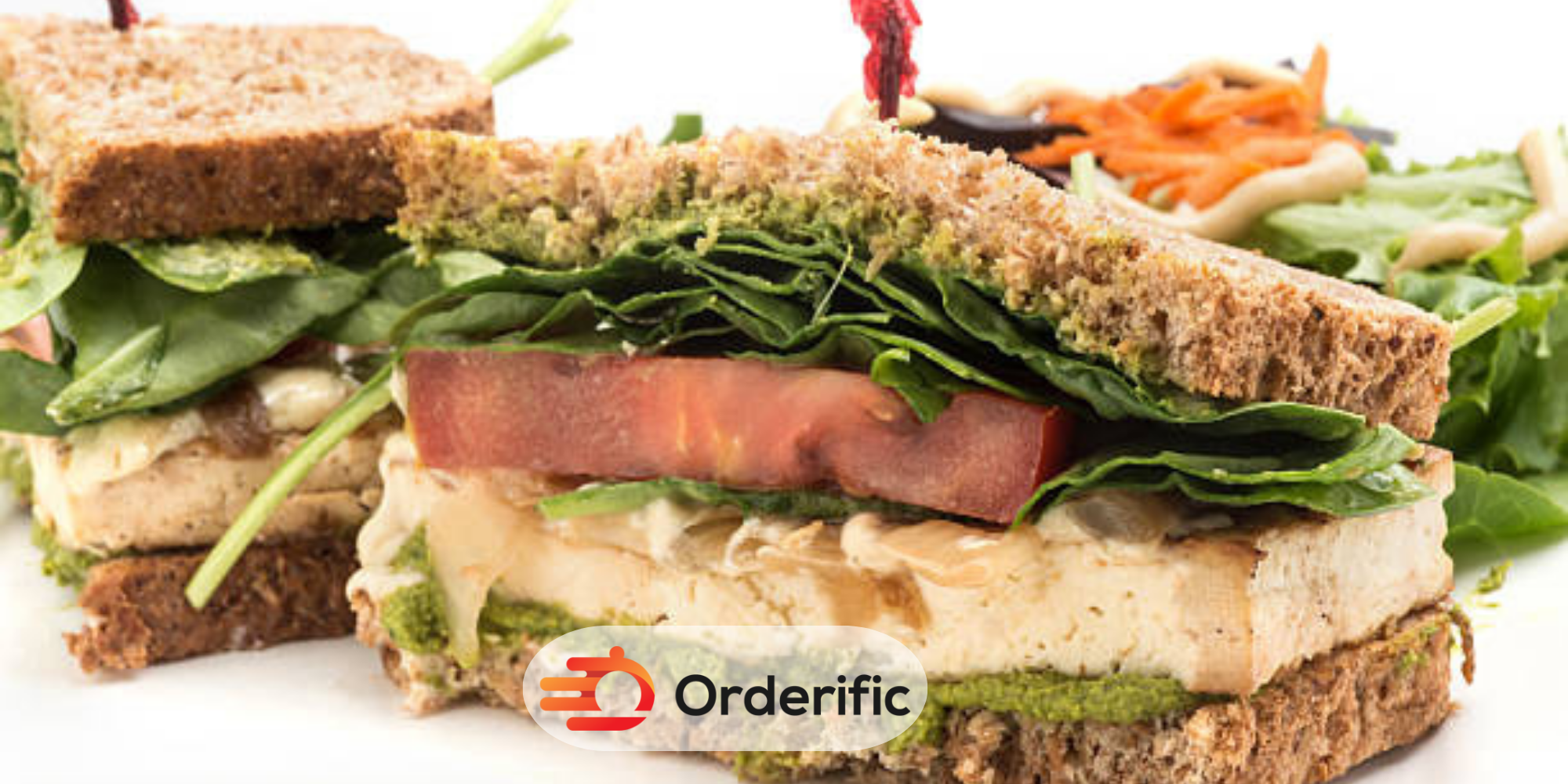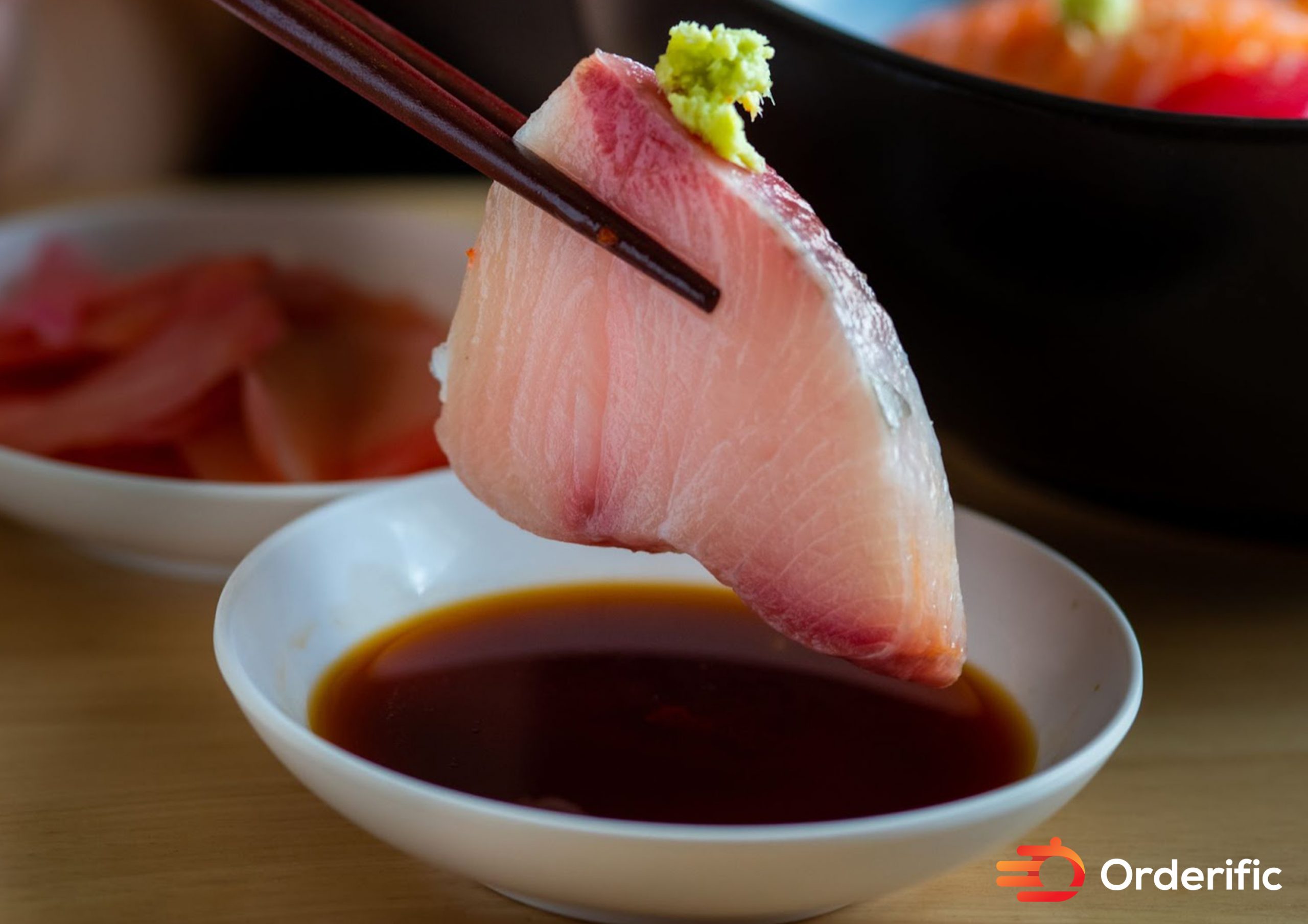Introduction
In our health-conscious world, juice bars have emerged where nutrition, taste, and convenience converge. Our spotlight today is on these beverage havens’ health and safety standards. As a crucial component of our community’s health education, understanding the behaviors in these settings is paramount. Various factors determine the standard of health and safety in juice bars, from the freshness of ingredients to the cleanliness of the facilities to the training and hygiene practices of employees. Compliance with the National Health Education Standards can significantly address health risks, enhancing customer satisfaction. Students pursuing education in this industry, owners of juice bars, or even the average health-conscious individual stand to benefit from understanding these intricacies. So, let’s dive in and explore the world of juice bars, their standards, and their impact on our health behaviors.
What Are Food Safety Regulations?
Food safety regulations are guidelines established by the National Health Education Standards, which juice bars and other food service providers must adhere to. These regulations ensure safe, health-enhancing beverages and food products are produced and provided. Compliance is vital to prevent health risks from consuming contaminated or improperly handled products.
Understanding these regulations is essential for health education for students aspiring to enter the food and beverage industry and for current juice bar owners. By adhering to these standards, juice bars can foster healthier behaviors among customers while guaranteeing their satisfaction.
Education about these standards also promotes skills in identifying, understanding, and implementing safety measures, which is essential for anyone involved in the food and beverage industry. For instance, the juice bar’s inventory management needs to ensure the freshness of ingredients, while the point of sale (POS) system should support secure credit card payment processing.
Besides, robust food safety regulations contribute to the broader public health goals. They support disease control by reducing the risk of foodborne illnesses and cultivating a community health perspective among business owners and customers. Special attention is given to personal and mental health aspects, highlighting the importance of consuming fresh juice and smoothies from places like a Nekter juice bar that adheres to these regulations.
In essence, by illuminating the importance of health education, promoting healthy behaviors, and implementing national health education standards.
Important Food Safety Regulations

Proper Cooking Temperature
One of juice bars’ most vital food safety regulations involves proper storage and servicing techniques. Fresh fruits and vegetables, the primary ingredients in juice bars, must be stored at appropriate temperatures to maintain their nutritional value and prevent spoilage. This calls for well-maintained refrigeration systems and regular temperature checks. Furthermore, safe serving practices include using sanitized utensils and maintaining a clean service area to prevent cross-contamination. Adherence to these regulations ensures the provision of healthy and fresh beverages and reflects the establishment’s commitment to the National Health Education Standards. This focus on health education, in turn, fosters healthier behaviors among customers and creates assurance in their choices at the juice bar. Education about these standards is crucial for anyone invested in the food and beverage industry, promoting a more comprehensive understanding and application of health and safety measures.
Sanitation Measures
Sanitation is a fundamental aspect of health and safety regulations in juice bars. This includes the cleanliness of the preparation area, utensils, and equipment, as well as the personal hygiene of the staff. Employees should be educated and trained on the importance of washing their hands regularly and thoroughly, especially before handling food items. The premises should be frequently cleaned and sanitized to prevent the breeding of any harmful bacteria or pathogens. Regular pest control measures should also be in place. Adherence to these sanitation measures is not only a requirement by the National Health Education Standards, but it also fosters healthy behaviors, builds customer trust, and enhances overall satisfaction. Hence, anyone involved in the food and beverage industry must understand and implement these standards to ensure the highest level of health and safety in their establishments.
Employees and Customers
Employee training is crucial in maintaining health and safety standards in juice bars. Accordingly, all staff should be thoroughly trained in food safety practices. This includes appropriately handling fruits and vegetables, maintaining cleanliness, and understanding the importance of personal hygiene. Employees should also be conversant with the National Health Education Standards. This will enable them to impart this knowledge to customers and foster healthier behaviors.
In tandem, customer education is equally important. Juice bars should try to enlighten customers about their adherence to health standards, the nutritional benefits of their products, and the significance of consuming fresh, safely prepared beverages. This builds customer trust and contributes to the broader goals of community health education. Juice bars can effectively meet national health education standards by promoting transparency and maintaining high standards while facilitating a healthier society.
Water and Sewage Disposal
Proper water and sewage disposal are critical to health and safety in juice bars. Clean water is essential for washing fruits, vegetables, and utensils, while efficient sewage systems prevent the build-up of waste materials. The National Health Education Standards require juice bars to have routine checks for water quality and regular sewage system maintenance. This ensures the prevention of waterborne diseases and contributes to improved overall hygiene. A well-maintained water and sewage system is a testament to a juice bar’s commitment to national health education standards and promoting healthier behaviors. Understanding and adhering to these standards is vital for all stakeholders in the food and beverage industry, reinforcing the importance of health and safety in such establishments.
Pests and Rodents
Controlling pests and rodents is critical to maintaining health and safety in juice bars. Pests such as insects and rodents can contaminate food and equipment, posing a significant health risk. The National Health Education Standards mandate regular pest control measures to ensure a clean and safe environment. These measures include routine inspections, professional pest control services, and effective waste management to deter pests. By adhering to these standards, juice bars can promote a healthier environment and foster better behaviors among their customers. Nevertheless, as part of the broader health education, understanding these measures is essential for everyone in the food and beverage industry. Ensuring a pest-free setting manifests a juice bar’s commitment to health and safety and builds customer trust and satisfaction.
Design and Operation of Premises
The design and operation of a juice bar play a pivotal role in maintaining health and safety standards. The layout should allow for efficient workflow, prevent cross-contamination, and ensure easy cleaning and sanitation. Ventilation, lighting, and temperature control are key elements to consider, as these factors can impact the freshness of ingredients and overall hygiene. Employees should be given appropriate workspaces, adequate equipment, and regular training to meet the National Health Education Standards. Juice bars should be customer-friendly, offering a clean, comfortable, and informative environment. This encourages healthier behaviors by providing transparency about product ingredients, preparation processes, and nutritional benefits. Adherence to these standards demonstrates a juice bar’s commitment to health education and customer satisfaction.
Preventing Contamination During Food Processing & Packaging
Preventing contamination is paramount to ensure health and safety standards during food preparation and packaging at juice bars. Proper procedures should be in place to avoid cross-contamination. For example, different fruits and vegetables should be processed separately, and the utensils must be thoroughly cleaned before reuse. Packaging should be done in a hygienic environment using sanitized and safe materials. Staff should be well-educated about these procedures and adhere to personal hygiene standards to prevent the spread of germs. As the National Health Education Standards outline, regular audits and checks should be conducted to ensure these standards are met. Customers should know these preventative measures to promote trust and foster healthy behaviors. Compliance with these standards is a testament to a juice bar’s commitment to public health and customer satisfaction.
Personal Hygiene
The personal hygiene of employees is a crucial factor contributing to the health and safety standards in juice bars. The National Health Education Standards mandate regular hand washing, use of gloves, and clean uniforms. Employees should be educated about the risk of food contamination and the importance of hygiene in ensuring the health and safety of customers. These measures contribute to fostering healthier workplace behaviors and align with health education’s broader goals. Being informed about and adhering to these standards is essential for all stakeholders in the food and beverage industry, which affirms their commitment to public health and customer satisfaction.
Temperature Control
Temperature control is a vital aspect of health and safety within juice bars. It’s crucial that all food products, mainly fresh fruits and vegetables, are stored at prescribed temperatures to maintain their freshness and nutritional value. Furthermore, it helps to prevent the growth of harmful bacteria. The National Health Education Standards require regular temperature checks and well-maintained refrigeration systems. Also, maintaining the correct temperature is essential to ensure that beverages are safe during preparation and serving. Staff should be educated on proper temperature control methods and the implications of not adhering to these standards. These practices foster a culture of health-conscious behaviors and contribute to community health education’s broader objectives. Adherence to these standards reaffirms the juice bar’s commitment to health and safety, which inspires trust in customers and leads to greater satisfaction.
Food Worker Illness
Firstly, Juice bars uphold health and safety standards outlined by the National Health Education Standards. These regulations span from proper cooking temperatures and ensuring fruits and vegetables are well-preserved to meticulous sanitation measures for the preparation area, utensils, and staff hygiene. Employees are expected to be knowledgeable about these standards and demonstrate them to foster healthier behaviors in the customer base. Likewise, adequate water and sewage disposal and controlling pests and rodents are essential to maintaining a clean and safe environment. The design and operation of the juice bar, including the layout, ventilation, and lighting, play a significant role in meeting these standards. Moreover, during food processing and packaging, preventative measures against contamination need to be enforced. Lastly, personal hygiene of employees, as well as maintaining proper temperature control for food products, is paramount.
These practices ensure patron well-being and contribute to the broader community health education goals, which makes juice bars a crucial part of promoting public health.
Conclusion
In conclusion, maintaining health and safety standards in juice bars is a multifaceted and paramount responsibility. It involves several key aspects, including proper temperature control, thorough sanitation measures, attention to personal hygiene, and prevention of contamination during food processing and packaging. Adhering to the National Health Education Standards, juice bars can effectively promote healthier behaviors among customers and contribute significantly to community health education. These practices are not just particularly for staying in compliance with regulations. But also instrumental in building customer trust and satisfaction, thereby ensuring the overall success and growth of the juice bar. Now that you know the stringent health and safety measures juice bars must uphold, why not experience it first-hand? Orderific offers the convenience of booking a demo at your favorite juice bar. Thus allowing you to witness and appreciate the high standards of hygiene and safety maintained at these establishments.
FAQs
What are the 5 C’s of food safety?
The 5 C’s of food safety are Cleaning, Cooking, Chilling, Cross-contamination, and Contamination.
What is the importance of having a food safety plan in place?
A food safety plan helps to prevent foodborne illnesses, ensures compliance with regulations, and enhances customer trust in the establishment.
How would you prioritize food safety concerns?
Food safety concerns should be prioritized based on the potential harm to customers and the likelihood of occurrence.
How often should food safety inspections be conducted?
Food safety inspections should ideally be conducted every six months.
How can you prevent food cross-contamination from occurring?
Preventing food cross-contamination can be achieved by separating different food types. Using specific cutting boards and knives for each food type and maintaining proper hand hygiene.













